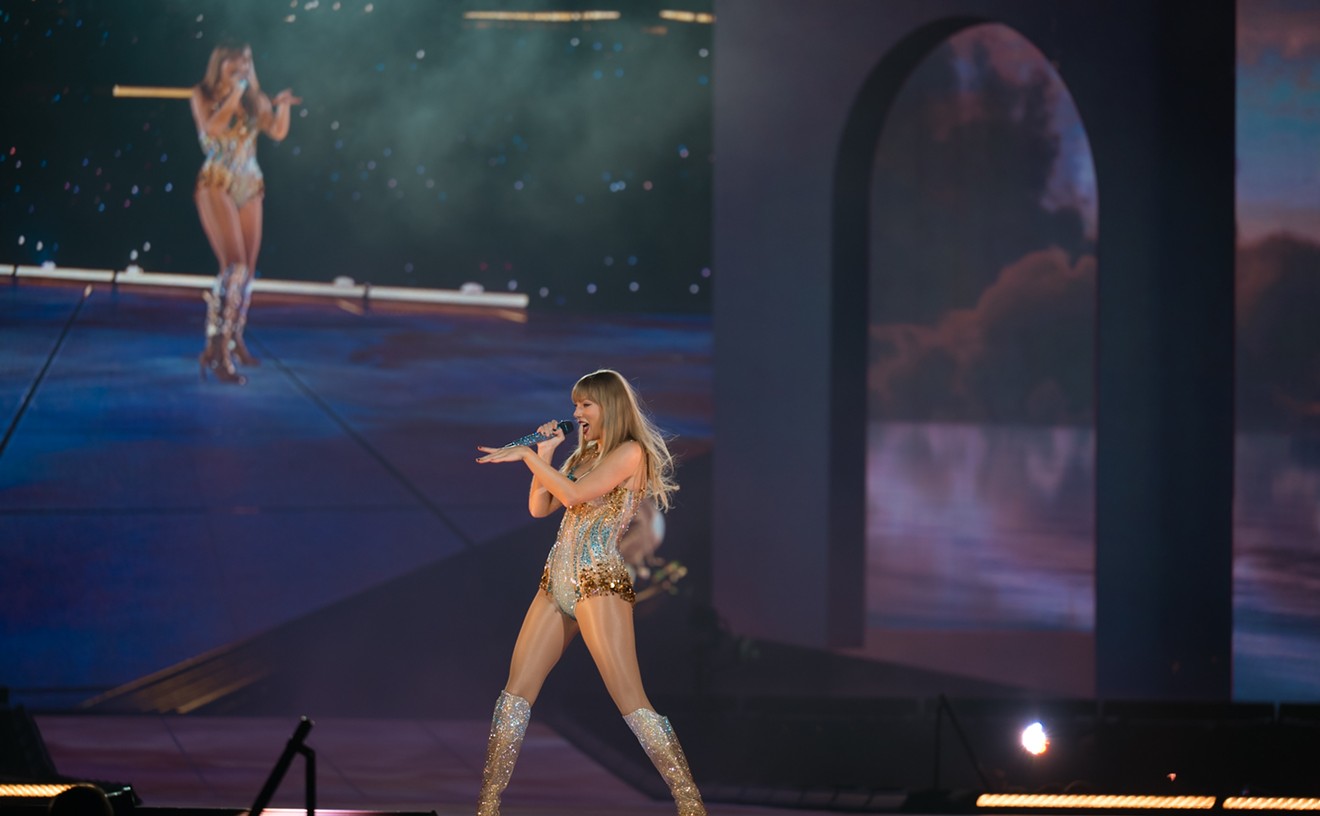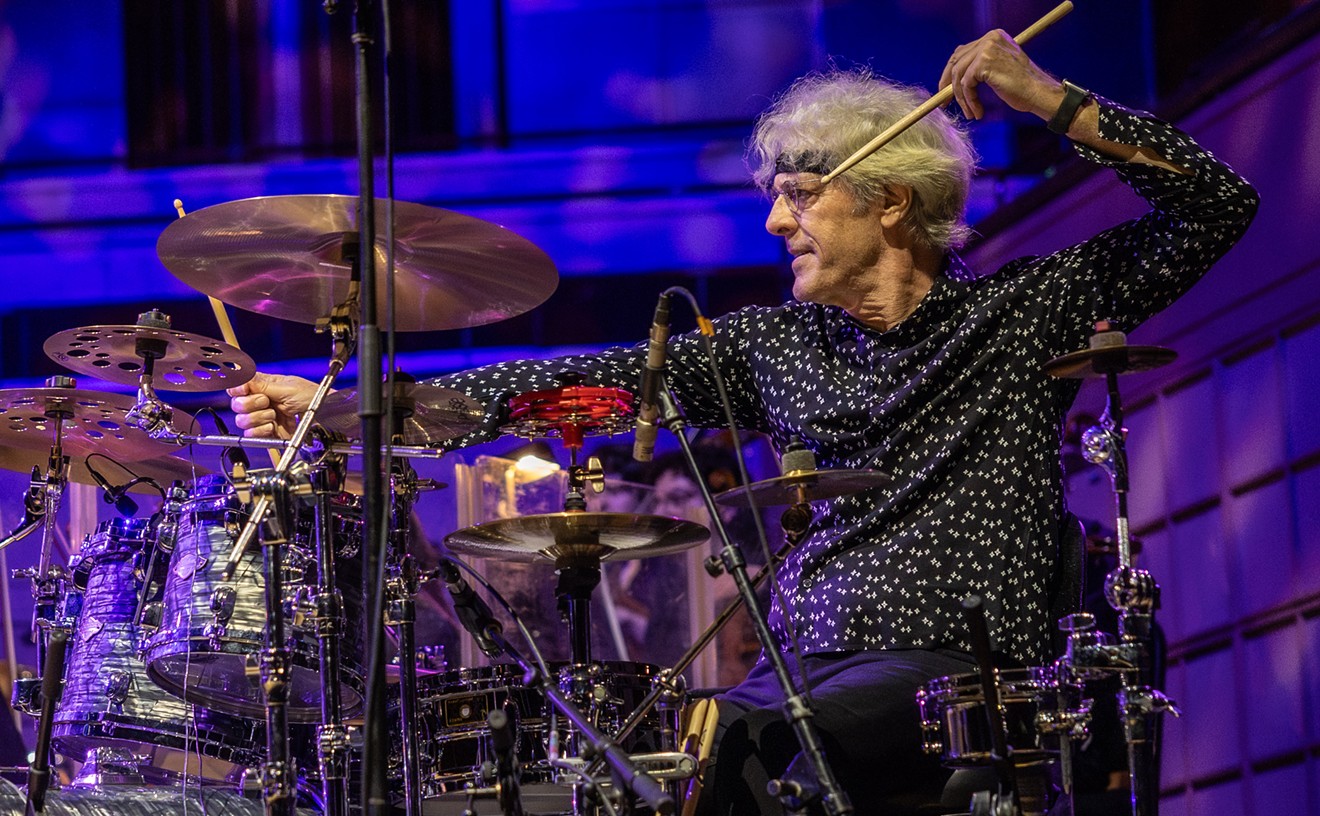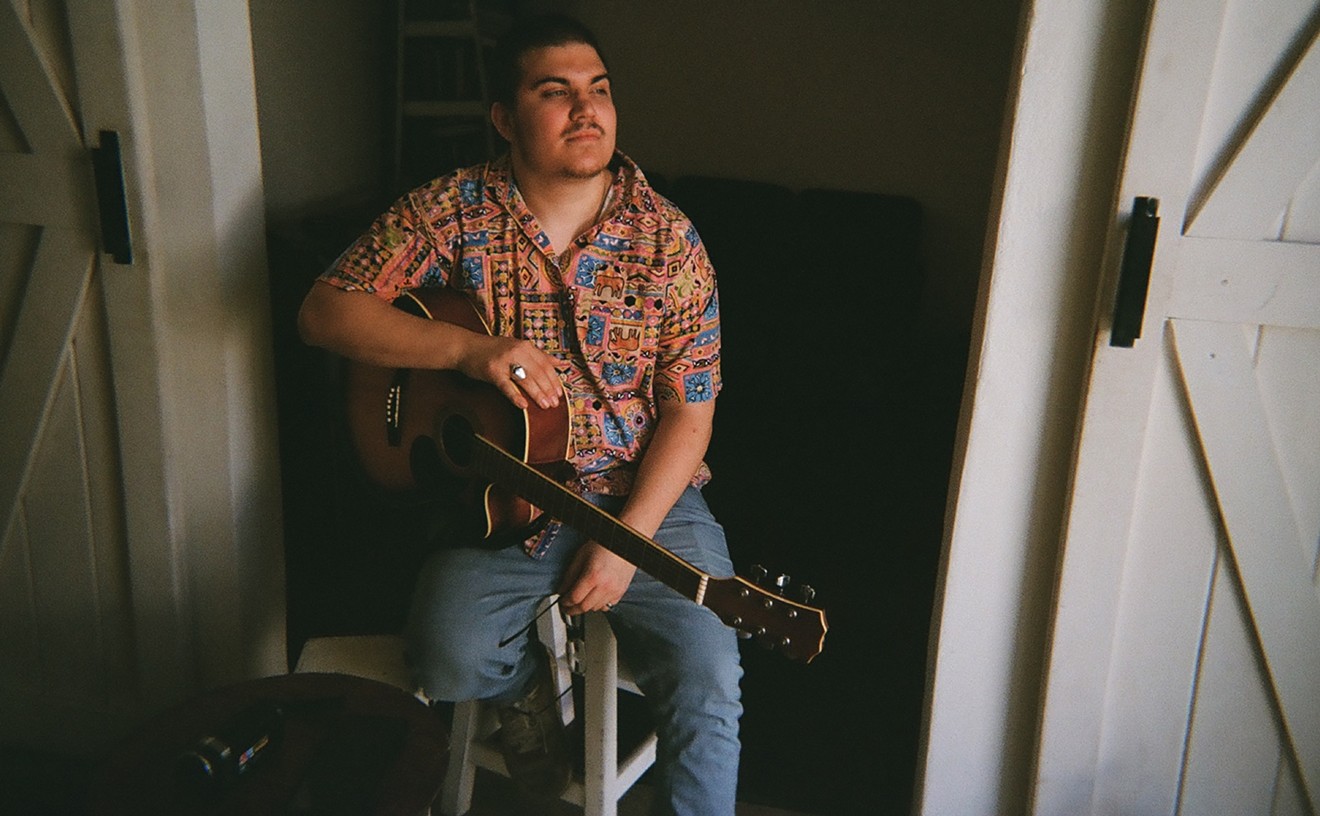At first blush, George Steel doesn't seem like a man known for taking risks.
He wears round glasses, his hair is cut in the floppy style of an English choirboy, and one of his favorite topics of conversation is Renaissance choral music.
But appearances can be deceiving. In his 11 years at the helm of the Miller Theatre in New York, Steel gained a reputation for innovation and risk-taking. The press there dubbed him the Impresario of the Improbable.
Last week, Steel, 41, was named the general director of the Dallas Opera, ending a year-long search for someone who can revitalize a once illustrious company at perhaps the most crucial period of its existence since its founding in 1957.
Steel's hiring was a bit of a surprise, considering that he has never led an opera house, but it comes at a period in which audiences for opera and other classical music genres are waning. Steel is seen as someone who can speak the language of the connoisseur but also reach out to those who have never enjoyed opera.
It also comes at a time in which the cultural landscape in Dallas is undergoing a dramatic shift. The Center for the Performing Arts, which will also include the Wyly Theatre, is a project more than three decades in the making, one which seeks to make Dallas a cultural destination and, in so doing, reinvigorate downtown.
Steel says he wants to make opera the center of the cultural conversation in the city, but that's not all. "I want to make Dallas Opera the best opera house in the country," he said last week.
There was a time when such a statement would not have sounded as audacious as it does now. During its golden era, the Dallas Opera was a home away from home for Maria Callas, one of the most famous opera singers to ever step foot onstage. Placido Domingo had his North American debut here, and Franco Zeffirelli, who would go on to become a famous film director, served as a stage designer on a number of productions for the opera. In the late '50s and early '60s, opera fans from all over the world flocked to Dallas.
Since then, opera in Dallas has had its ups and downs, but there is no doubt it has lost some of its early luster. Today the company has a budget that puts it behind places like Seattle and Houston, and the number of performances it stages each year—a benchmark for opera aficionados—is a mere fraction of those put on at the Metropolitan Opera House in New York, which is the art form's gold standard in the United States.
It's unlikely that the Dallas Opera will eclipse the Met anytime soon (if ever), but there is a feeling that a new golden era for the company is on the horizon. Next October the company moves from the Music Hall at Fair Park—a sprawling, cavernous place with the acoustics of a high school auditorium—into the new $42 million Winspear Opera House. The horseshoe-shaped performance hall, which will be encased in red-tinted glass, will serve as the centerpiece for a new 10-acre, $338 million performing arts center, which is under construction downtown.
Marc Scorca, the president of Opera America, says with the opening of the Winspear the Dallas Opera could become one of the premier companies in the country.
"They've always had great performances, and they're one of a handful of companies that produces an opera of outstanding caliber year after year, but they were held back by Fair Park; the audience was not able to fully appreciate it because of the building," Scorca says. "With [Steel] you have a very courageous programmer; he isn't someone who is just going to sit back and produce the standard repertoire. He'll find a balance between old and new. The question is, will he be a good fit in Dallas?"
Raised in the suburbs of Washington, D.C., Steel grew up singing in church choirs. He described his first experience with opera, at the age of 12, as "torturous." He went to Yale intending to become a conductor and eventually crossed paths with the late Leonard Bernstein, who became his mentor and close friend.
After graduation, Steel went to New York, where he started a Renaissance vocal ensemble and an orchestra, both of which he is still involved with. In 1997 he became head of the Miller Theatre at Columbia University.
While at Miller, Steel earned a reputation as an innovator. In the words of New York Magazine, he turned the 688-seat theater "from tweedy backwater to...one of the best destinations anywhere for contemporary music." He did so by taking chances and by turning the conventions of the New York City music establishment on its head.
In one concert typical of Miller Theatre in 2003, for example, he hosted a band called Sound the Alarm, which mixed violins and cellos with electric guitars, loudspeakers and keyboards. Introducing the band, which had become a regular staple at Miller according to The New York Times, he looked out over the crowd and noted how far the small theater had come. At its founding, the experimental music scene of the '70s and '80s was downtown, he said, while Columbia was thought of as a place for uptown academic modernism. How times had changed.
Sold out performances and long lines were common at Miller at a time in which audiences were diminishing nationally at classical music venues.
When Steel met with reporters in Dallas last week he said he planned to bring the same spirit of curiosity and innovation to the Dallas Opera. In New York, he said, he often trolled the club scene trying to figure out what it would take to get that demographic to come to Miller Theatre. He said he would employ the same out-of-the-box thinking to bring new patrons to the Dallas Opera.
"You have to be excited about what you're doing," he said. "The programming must be from conviction and passion, not because it's something you're supposed to do."
How that will play with longtime patrons of the Dallas Opera remains to be seen. As The New York Times recently noted, the upcoming season is "a study in war horsemanship"—not exactly a place where unconventional programming is the norm.
The approaching season will feature five productions: La Bohème, Die Fledermaus, The Marriage of Figaro, The Italian Girl in Algiers and Robert Devereux.
But Jay Marshall, the Dallas Opera chair, says the company is not resistant to trying new things; it has simply been hampered by the limitations of the Music Hall at Fair Park.
"When you can only do five performances a year, you can't take as many risks," he said in a recent telephone interview. "The Winspear will allow us to try new things, to add more product."
Marshall said the Winspear will probably never reach the 150 or so performances the Met puts on each year in New York, but he thinks they should be able to do 10 to 12 productions a year (up from the five they do now) with 40 to 50 performances.
Because the programming for the next three seasons is already set, it may be some time before Steel's full influence is felt. He says he is particularly interested in the opera adaptation of Moby Dick by composer Jake Heggie, which will make its world premiere during the 2009 season.
Steel says he hopes to originate new productions and, in so doing, thinks the Dallas Opera will build international acclaim.
"Over the next 10 to 20 years Dallas Opera is going to grow in an extraordinary way," Steel says. "The money is here; the ambition is here. People want it to happen, and it's going to happen."










